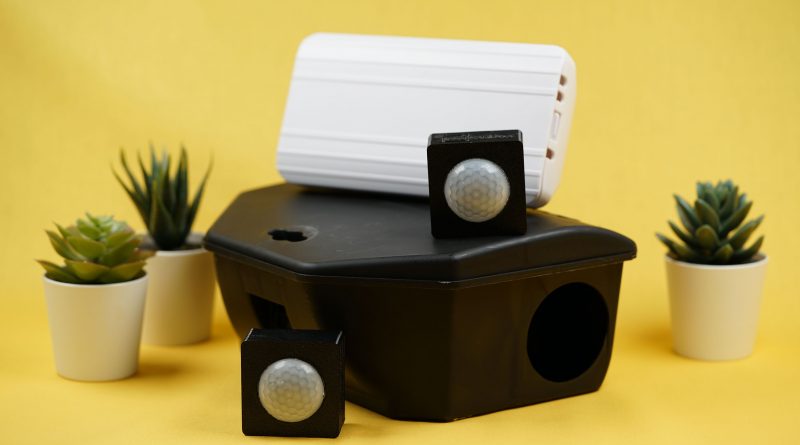Unlocking Real-time Reporting for Advanced Rodent Control on Poultry Farms
During the holiday break, Poultry Digest delved into potential topics for our 2024 editions and came across an insightful report by The Poultry Hub on the pressing issue of rodent control – an especially timely topic amidst ongoing mouse plagues.
As The Poultry Hub report rightly emphasises, rodent control is a necessary yet labour-intensive process, requiring unwavering dedication from producers and their staff.
Then, we received a call from Ethan Tatlidil, the mind behind RodenBox – an innovative real-time rodent monitoring system that integrates with any rodent bait station, transforming it into an intelligent bait station that tracks and monitors rodent activity in real-time.
Ethan shared his vision with Poultry Digest: ‘We understand the unique challenges faced by the poultry industry, particularly in maintaining hygienic, disease-free environments,” he said.
“We believe that our RodenBox solution can be a significant asset in an effective biosecurity strategy.
“Drawing from our prior experience in the hospitality industry, where hygiene is paramount, with our hospitality solution automating back-of-house operations (www.roomoperations.com), we gained valuable insights into the challenges faced by the commercial food industry, especially concerning rodent infestations.
“We were already closely collaborating with Microsoft,” Ethan explained, “and when we presented our ground-breaking, patent pending IoT solution RodenBox to them, they invested half a million dollars in its development.
“This support enables us to evolve RodenBox to address rodent problems across various industries, including the poultry sector.”
An excerpt from The Poultry Hub’s comprehensive research on rodent infestations in poultry sheds underscores the challenges growers and the industry face:
• Feed loss: Rats have an insatiable appetite and consume nearly anything, including fresh food. A rat can eat up to 30 grams of food daily, spoiling much more. They also contaminate stored food, leading to waste.
• Damage to buildings and equipment: Rodents wreak havoc on building structures, causing damage to foundations, water lines, electrical cables, and more. Electrical cable damage can result in short circuits, fires, and electrical failures.
• Damage to flocks: Rodents damage building structures, eat eggs, and harm young chicks. They are vectors and reservoirs of poultry pathogens, including Salmonella, Pasteurella multocida, and influenza viruses. Rodents also carry parasites such as lice, mites, and fleas.
• Disturbance to birds: Rodents cause general nuisance to birds with their noise and movements, affecting performance.
“Technology like RodenBox, featuring real-time monitoring of rodent activity, offers numerous benefits to producers and the industry,” said Ethan.
“Beyond traditional baiting, RodenBox generates data that helps assess infestation severity, enabling proactive action before the problem escalates.
“In the poultry industry, automation, like RodenBox, plays a pivotal role in improving productivity, bird welfare, and product safety.
“Disease outbreaks are costly and dangerous to both animals and humans, as recent salmonella outbreaks in poultry farms have demonstrated.
An effective rodent baiting system with recording and data delivery capabilities not only reduces disease risks but also demonstrates a commitment to ‘disease-proofing’ farm operations.
With growing consumer demand for free-range production in the layer and broiler sectors, effective pest management is paramount to safeguarding growers, integrators, and ultimately, consumers.
Ethan has prepared a concise yet informative YouTube video clip on RodenBox. Video on RodenBox : https://youtu.be/ZImdD6xo5Zg
RodenBox Web Site: https://www.rodenbox.com
